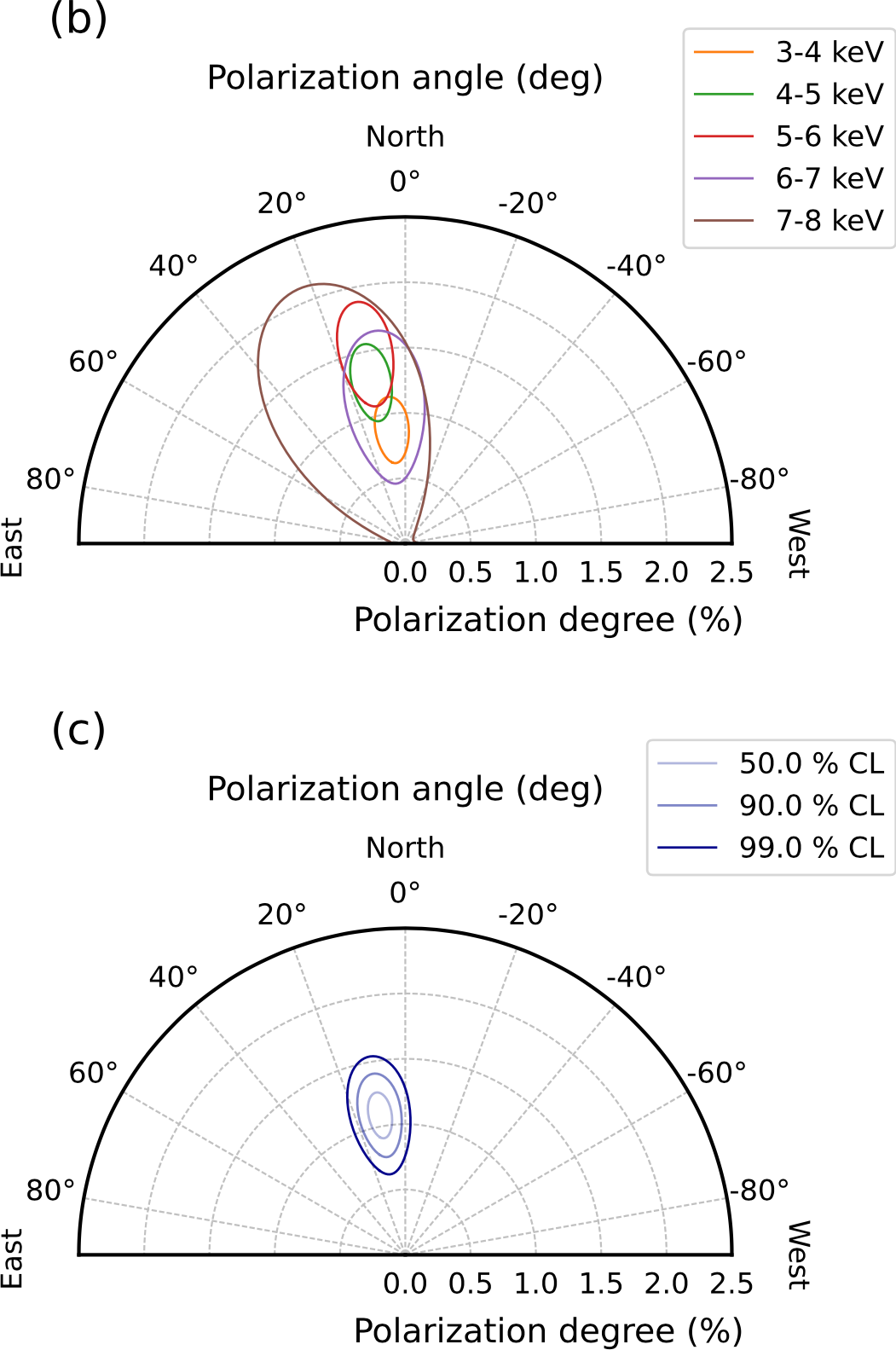NICER / ISS Science Nugget
for December 7, 2023
The Slant on Sco X-1
The brightest persistent emitter of X-rays in the sky, after our Sun, is Scorpius X-1, a binary system in which a neutron star accretes matter from a low-mass companion star. Consistently 8-10x brighter than the Crab Nebula (an informal reference standard for X-ray flux received at Earth), Sco X-1 can be difficult to study with telescopes optimized for the faintest, most distant targets because the high rate of X-ray detections can overwhelm sensitive detectors and readout systems. NICER was designed to accommodate a huge dynamic range (more than 6 orders of magnitude) in X-ray brightness, but for Sco X-1 even NICER has to throttle back its capabilities: in its most conservative configuration, NICER observes Sco X-1 with just 1/5th of its detectors enabled, to avoid internal telemetry saturation. As the closest to Earth among known persistently-emitting accreting neutron-star binary systems, Sco X-1 is important because it exhibits a variety of poorly understood phenomena that can be probed with novel measurement techniques. The recent development of instrumentation capable of measuring the polarization properties of X-rays is especially compelling, with NASA's Imaging X-ray Polarization Explorer (IXPE) observatory blazing this trail.
IXPE observed Sco X-1 at the end of August 2023. To improve upon IXPE's capability to measure the energies of detected X-ray photons, and to expand the energy range over which the spectrum of Sco X-1 could be assessed, simultaneous observations were carried out with NICER and other telescopes. An accurate energy spectrum at the time of the polarization measurements was important because multiple physical mechanisms contribute to Sco X-1's total X-ray emission, including at least the thermal glow of heated gases in the accretion disk at low energies, and non-thermal emission from a high-energy plasma in an ill-defined "corona" region. IXPE's polarization measurements are much more robust when an accurate spectral model of the time-varying emission can be derived with data from other assets, such as NICER. (As a bonus, NICER measurements also provide fast timing capability, sensitive to phenomena such as quasi-periodic oscillations -- QPOs) IXPE's measurements, reported in a manuscript led by F. La Monaca (Italian Natl. Institute for Astrophysics) and accepted this week for peer-reviewed publication in The Astrophysical Journal, reveal the degree and orientation of linearly polarized X-rays from Sco X-1: just 1% of the total emission is polarized, with the electric-field vector of the electromagnetic waves pointing essentially due North. These results are consistent with expectations for a thermal accretion disk seen at an inclination angle of approximately 44 degrees to our line of sight (a number derived from past radio-wavelength imaging), but they differ from polarization measurements obtained in the radio band for emission from a jet of particles emitted perpendicular to the disk, suggesting that different emission states (steady vs. flaring, for example) or relativistic precession may make polarization properties time-dependent, so that additional sampling is needed to fully discriminate between competing models.


Left: Quasi-periodic oscillation of Sco X-1 emission in soft X-rays measured by NICER. The power-density spectrum (PDS) represents the amount of variability at different temporal scales -- i.e., frequencies on the horizontal axis. The gray trace shows raw measurements, black is a binned version; the blue trace represents the best fit to a model, with the dotted flat line indicating the noise floor. (Figure credit: La Monaca et al. 2023)
Right: Polarization of Sco X-1 as measured by NASA's IXPE observatory, with spectral constraints provided by NICER and other assets. Contours in panel (b) represent results in different narrow photon energy bands, while panel (c) shows the total polarization averaged across the full 3-8 keV energy range. The radial dimension is polarization degree, with azimuthal coordinates reflecting direction on the sky, increasing North through East. (Figure excerpt from La Monaca et al. 2023)
<< Previous
Main Index
Next >>